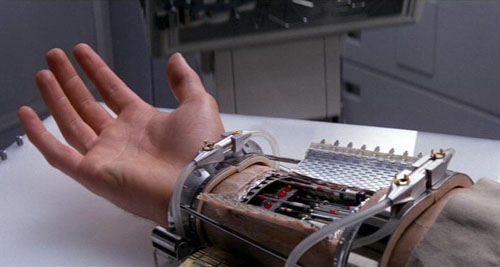OK, maybe Luke wouldn’t envy this hand, but it looks like we are much closer to the technology in The Empire Strikes Back when he gets his hand lopped off by his father. Matthew James is a boy born with a defect that stopped the growth of his arm at the wrist. He just got a brand new hand with the help of the Mercedes F1 Team. Matthew actually wrote Mercedes, the car maker, to ask for help getting an i-Limb Pulse prosthesis in return for displaying their logo on it.
After receiving the letter in June, Mercedes invited Matthew to their headquarters, where he toured the factory and met racing legend Michael Schumacher.
The company [Mercedes] said they were unable to pay for the hand but agreed to help Matthew raise the money, by asking fans and sponsors to make donations.
Mercedes couldn’t pay for the hand? That seems hard to believe. Anyway, it’s a good read so check it out. There was a follow-up video that I’m embedding below.
Via The Telegraph
